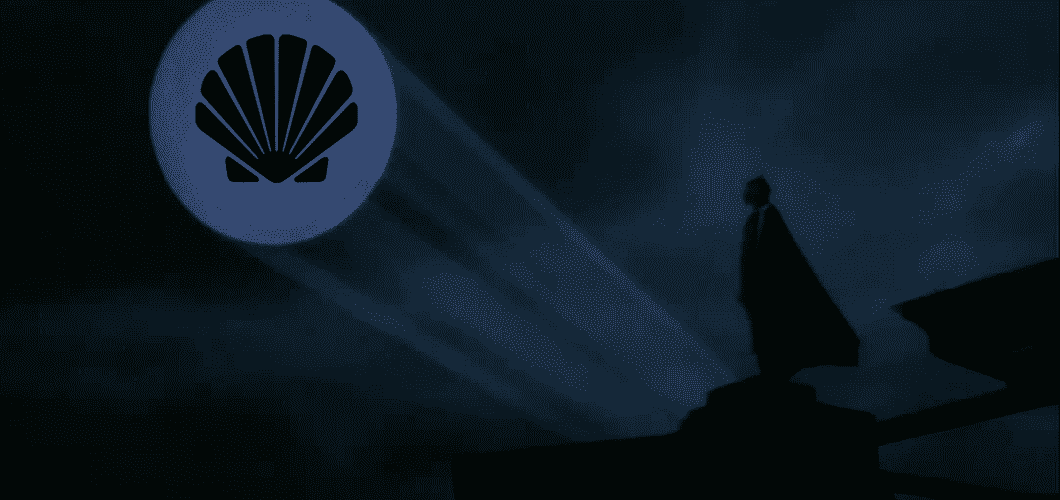
This profile is from a federated server and may be incomplete. For a complete list of posts, browse on the original instance.


Environmental scientist and eclamgelist at San Francisco Estuary Institute.
Provider of #ClamFacts
This profile is from a federated server and may be incomplete. For a complete list of posts, browse on the original instance.